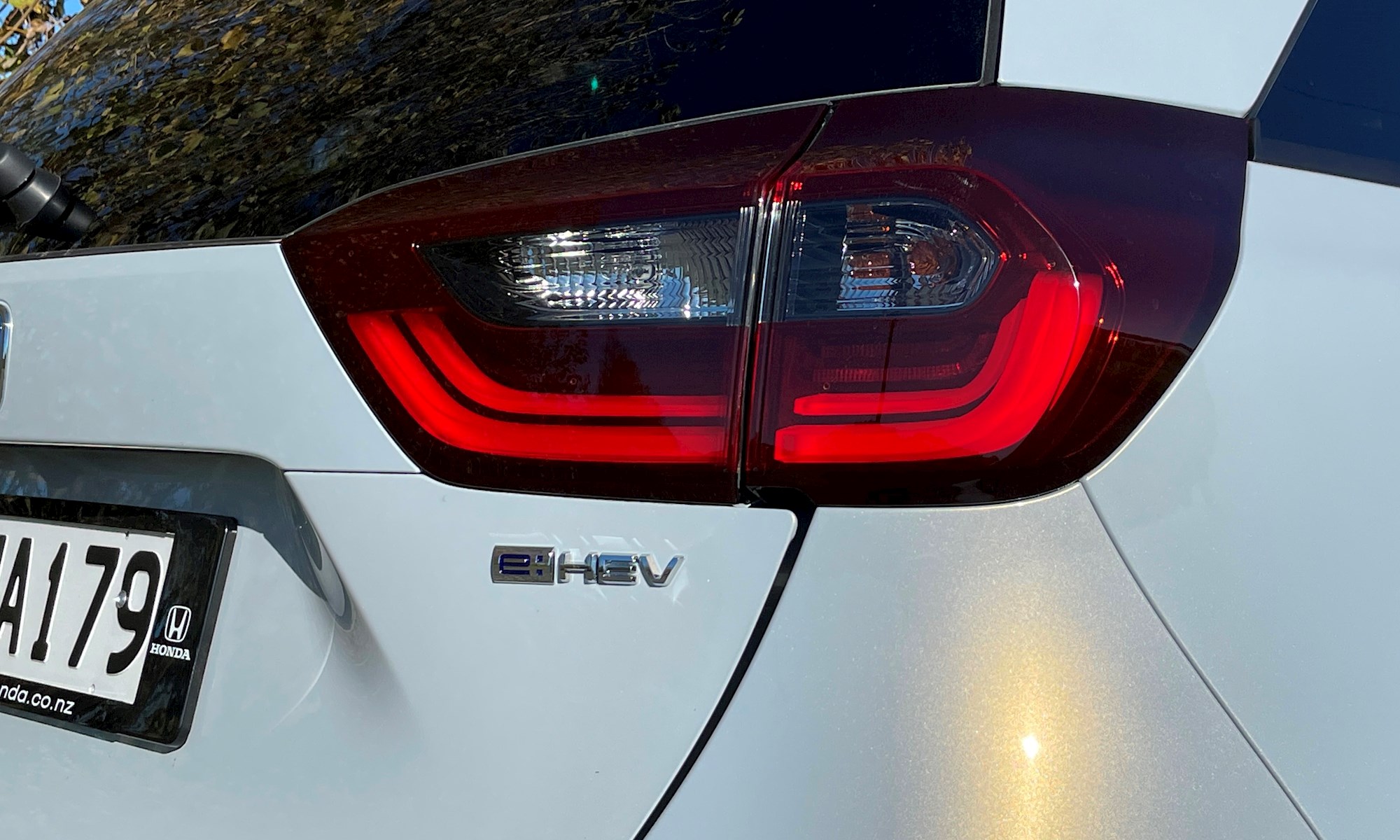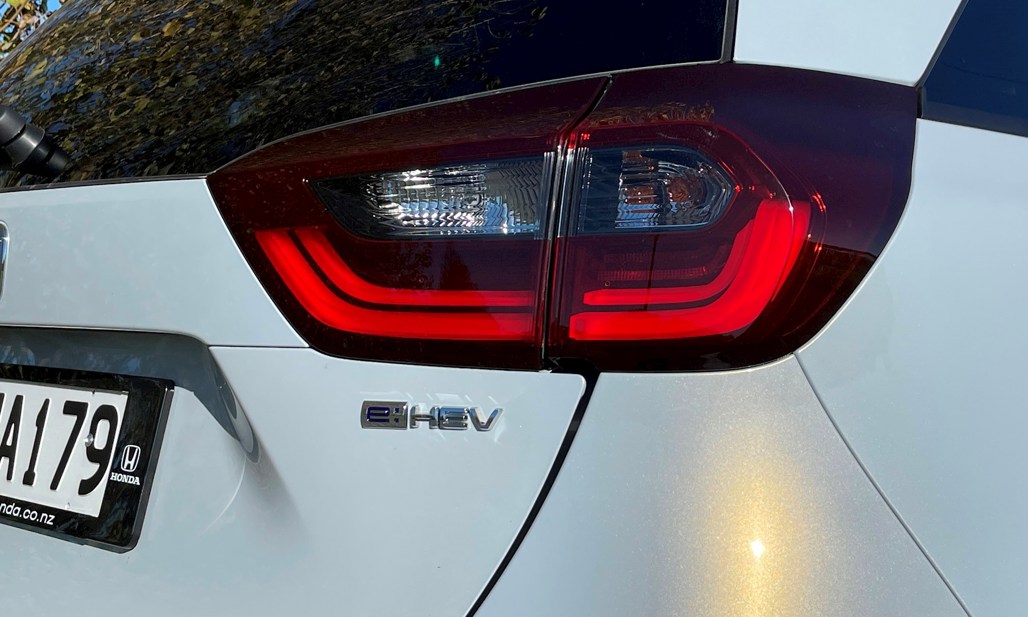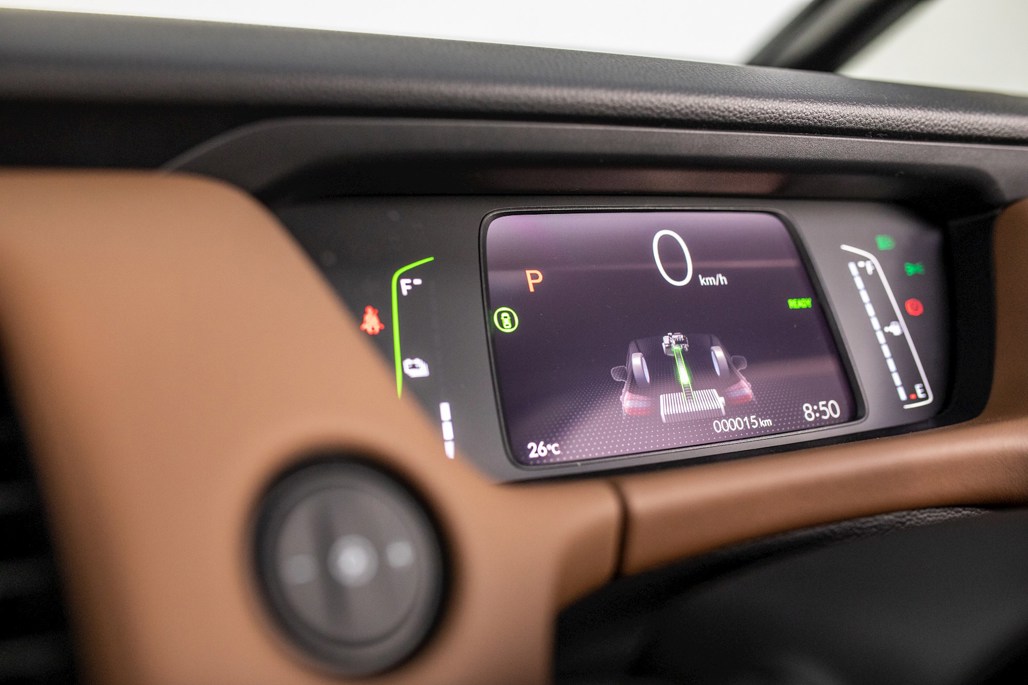Back in May we got our first drive of Honda’s all-new Jazz, on the wide open roads around Nelson. It was a great taster of the entry Life and SUV-like Crosstar, but it wasn’t the ideal environment for the high-tech Luxe e:HEV, with its gee-whizz (oh hang on, that’s another kind of eco-car) hybrid powerplant.
Because hybrids are generally at their best in the city. And the Jazz is very much a city car anyway.

So here we go, a week’s commuting in what’s claimed to be a hyper-thrifty hatch. But there are hybrids… and there are hybrids; “e:HEV” is a somewhat complicated badge and that’s fitting because this is a somewhat complicated powertrain. It’s no relation to previous Jazz hybrid models, which were a simple petrol engine/battery-boost arrangement.
This one has a 1.5-litre Atkinson Cycle petrol engine, like a Toyota hybrid; but unlike a Toyota hybrid the petrol engine hardly ever drives the wheels. There are two electric motors: one a generator and the other for propulsion. The petrol engine can be used to charge the battery (there’s also regeneration from coasting/braking), which then feeds the propulsion motor. It can also drive the propulsion motor directly, with no involvement from the battery or generator. But that whole old-fashioned idea about an engine driving the wheels through a transmission is out the window.
That’s one paragraph of technical stuff and it’s probably too much, because the whole idea is that you don’t think about it. You certainly can’t control any of it, although you can watch what’s happening on a power flow display. Eyes on the road, people.
To view all Honda Jazz models listed on DRIVEN, click here
Sometimes the Luxe is silent (battery power only, engine off) but other times you can be crawling along with the engine sounding incredibly busy, because it’s charging the battery.

You have to forget about the soundtrack matching the driving style and simply let the car do its thing. Honda claims fuel economy of 2.8l/100km, but that’s from a Japanese-market test that has little relevance to local driving (or the WLTP3 standard embraced by the Government’s forthcoming “feebate” scheme). More relevant figures are yet to come.
But during our week, the car stayed happily in the three-litre bracket in gridlock running, thanks to heavy reliance on the battery and good electricity regeneration. In higher-speed urban running (not rush hour in other words) it sneaked up into the fours. Our overall average was 4.2l/100km.
No, that’s not as good as the simpler Toyota Yaris hatch hybrid (3.3l/100km). But the Jazz is a more powerful, larger and much more practical car. If you have to compare it with a Toyota, it’d probably be the Yaris Cross hybrid (3.8l/100km).

It’s an impressive package, not just for the technology but also for the Jazz’s newfound ergonomic good sense and cabin quality. The Luxe is the flagship of the range (sadly the e:HEV powertrain is not offered in the Life or Crosstar here) so it’s fully leathered up and is the first Jazz to have Honda’s full suite of Sensing safety technology. That means adaptive cruise, which should be brilliant for a battery-driven car in traffic, but this system switches off at 30km/h. Boo.
The Luxe isn’t packaged quite as neatly as other models either, because the rear-mounted lithium battery eats into bootspace. Losing about 50 litres doesn’t sound like a lot, but it does mean the Luxe doesn’t get the completely flat load-through via Honda’s Magic Seat system, whereas the cheaper Life and Crosstar do.
The Luxe’s Magic Seat setup does retain the other party tricks, such as Long mode (front passenger seat reclined to full cabin load length) and Tall mode (rear seat squab folded upwards for maximum cabin height).

Honda is overpromising with that factory fuel economy figure and we’d like to see the hybrid engine in other models. An e:HEV Crosstar SUV would be a winner, surely.
But as it is, the Luxe is a worthy flagship and truly interesting supermini: it has a surprisingly premium feel and some unique tech to back it up.
HONDA JAZZ E:HEV LUXE
ENGINE: 1.5-litre petrol with lithium-ion battery hybrid/range extender system
POWER: 72kW/131Nm (petrol) and 80kW/253Nm (electric)
GEARBOX: e-CVT, FWD
ECONOMY: 2.8l/100km (4.2l/100km on test)
PRICE: $35,000













